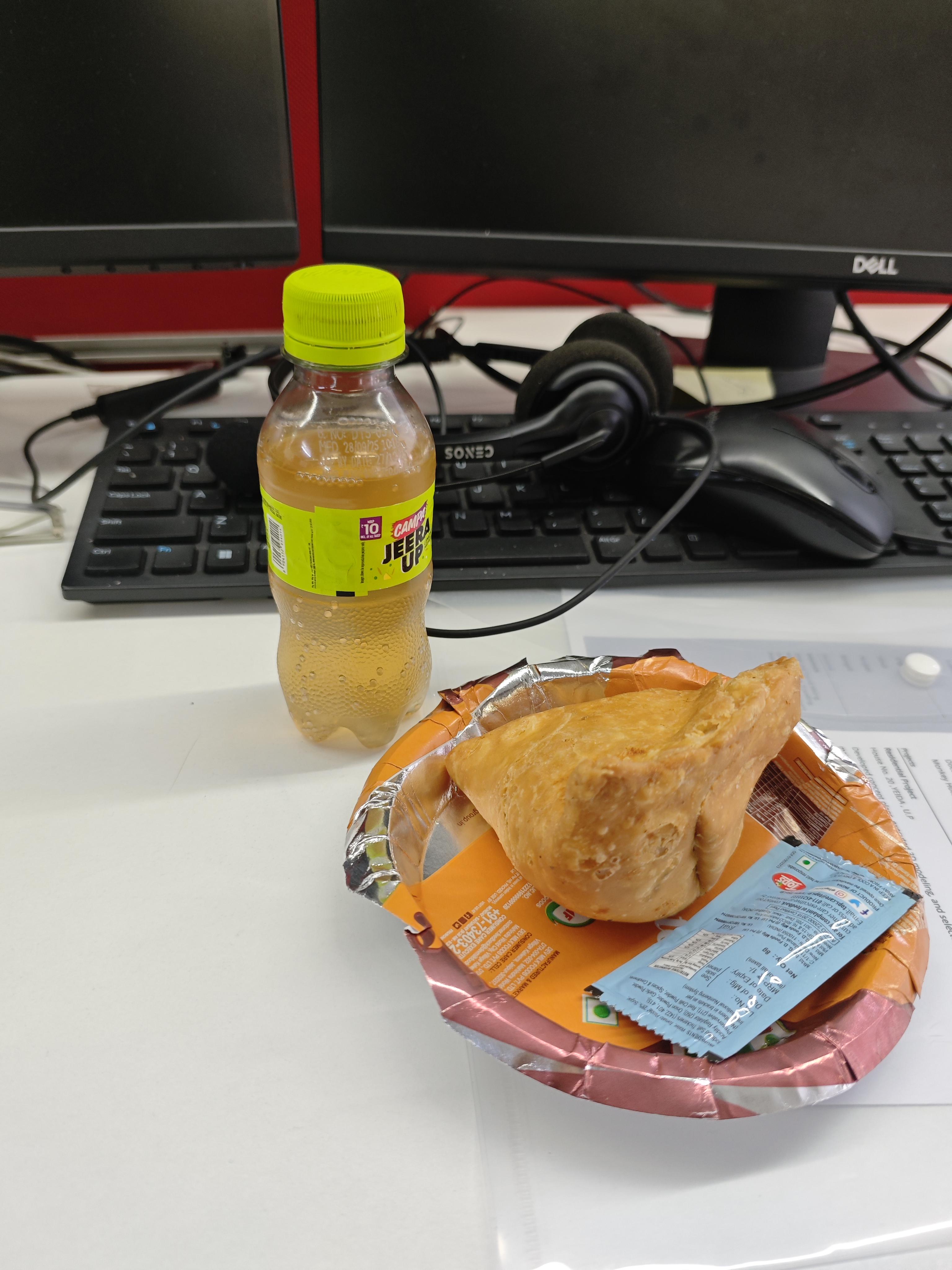At long last, cherry tomatoes are here, pay dirt for every ghastly love apple we've had to eat out of season. Whether Italian heirlooms or American hybrids, Ciliegini or Principe Borghese, Sun Golds or Black Pearls, Sugar Snacks or Honeydrops, these babies are tomato candy. What the best of them have that the Beefsteaks and other big boys of backyard gardens and farmers markets often fail to deliver is the sharp acid sweetness that nature intended for their breed.
I like to eat them out of hand immediately after plucking from their umbilical vine, still warm and with the faint taste of dirt clinging to their skin. But as any gardener knows, they grow fast and furiously. When August rolls around and they are ripening on their trusses at the rate of Romans taking to the autostrada for their summer holiday, it's time for one of Italy's most endearing, and speediest, little sauces: pomodori scoppiati (pummidori scattarisciati in the vernacular of southern Puglia) or "exploded tomatoes."
 Picture Credit: Zester Daily
Picture Credit: Zester DailyNot Your Classic Sauce Tomato:
The beauty of this homey sauce is that you can cook the tomatoes whole without bothering to peel or cut them first, a custom that originated with poor agricultural workers in the Salento who had little time for preparing food after a long day toiling in the fields. What they did have were their own patches of land where they planted tiny, intensely sweet pomodorini, typically the type called pachino or the dwarf pomodorini appesi al filo ("tomatoes hanging in row") that grow in compact clusters like grapes. No other cherry tomatoes I know of come close to the startling sweetness of those two Italian varieties, but in season, our North American varieties can be awfully good. My favorite is the Sun Gold, which is rapidly becoming the most popular cherry tomato of all time, according to the Burpee seed people, and has become ubiquitous at local farmstands. [aside]
Restaurant chefs will love the following recipe for its sexy name, and home cooks will appreciate that there is barely anything to do save toss the little tomatoes in a pan with onion and good olive oil and an herb or two. The sauce, which the Italians would call a condimento, is made for multiple purposes: to accompany friselle, the hardtack biscuit that the Pugliesi eat dampened and rehydrated; for topping pasta or serving alongside meat or fish; or as a foundation for other dishes. Like the Italians, you ought not worry about the skins and seeds. When I asked the locals if they sieved the sauce to remove them, they laughed. "Only Americans think tomatoes grow without seeds," a vegetable seller told me. "In Puglia they leave the skins on because the tomatoes are cooked when they're very ripe and the skin is thin," said a friend. "And besides, the skins contains the color and the goodness of the ripe tomato and give lovely body to the sauce." Here is the recipe, adapted for the American kitchen.
 Picture Credit: Zester Daily
Picture Credit: Zester DailyPomodori Scoppiati ('Exploded' Cherry Tomato Sauce):
Yield: About 2 1/2 cups
Ingredients:
2 1/2 pounds good and ripe cherry tomatoes
1/4 cup genuine extra virgin olive oil
1 fresh onion, 1 small red onion or 2 large shallots, finely sliced and chopped
1 handful whole fresh basil leaves
Large pinch of dried oregano
Fresh hot pepper to taste (optional)
Sea salt to taste
Directions:
1. Remove stems from the tomatoes and wash and dry them.
2. Select an ample, heavy-bottomed skillet with a tight-fitting lid. Warm the olive oil in the pan over medium-low heat (do not overheat so as to preserve the flavor and nutrients). Stir in the onion or shallot and sauté until transparent, 2-3 minutes.
3. Add the tomatoes, basil and oregano, as well as the hot pepper if you are using it. Increase the heat to medium. Simmer until all the tomatoes have burst, about 10 minutes. Remove the cover and simmer over medium-low heat until the tomatoes are completely collapsed, pressing down on them with a potato masher or the back of a wooden spoon to release their juices. Continue to cook to evaporate the juices and thicken the sauce, about 5 minutes. Season with salt.
Note: The tomatoes should be a suitable fresh cherry variety of the season (I have yet to taste a grape tomato than can compare), whether red, orange or yellow, and they should be good and ripe. Two and a half cups is enough to sauce 1 pound of fresh or dried pasta that has been timed to cook just after the sauce is done. As important for good results as using the right tomato is starting out with genuine extra virgin olive oil. Keep in mind that true extra virgin is not a mere cooking oil but a flavor-packed and nutrient-filled fruit juice.












